Physiotherapy for piriformis syndrome
Piriformis syndrome is a condition where the piriformis muscle, located deep in the buttock, compresses the sciatic nerve, causing pain, numbness, and tingling in the buttock and down the back of the leg. Physiotherapy can be an effective treatment option for people with piriformis syndrome, and can help to reduce pain, improve mobility, and promote healing. Here are some ways in which physiotherapy can help:
Stretching: Tightness in the piriformis muscle can contribute to compression of the sciatic nerve. Physiotherapists can teach you specific stretches to help lengthen the muscle and reduce compression on the nerve.
Strengthening exercises: Weakness in the gluteal muscles can contribute to piriformis syndrome. Physiotherapists can design a specific exercise program to improve gluteal strength and reduce strain on the piriformis muscle.
Manual therapy: Physiotherapists can use manual therapy techniques such as mobilization, soft tissue release, and dry needling to help reduce pain and tension in the piriformis muscle.
Biomechanical assessment: A physiotherapist can assess your movement patterns and identify any issues that may be contributing to your piriformis syndrome. They can then provide recommendations for modifications to your activities to reduce stress on the affected muscle.
Education: Physiotherapists can provide education on proper posture, technique for activities and exercises, and help you to understand your condition and how to manage it effectively.
Taping and bracing: A physiotherapist may recommend taping or bracing to support the affected area and reduce pain.
It is important to note that the treatment plan will vary depending on the severity of the piriformis syndrome. Therefore, it is recommended to consult with a physiotherapist who can conduct a thorough assessment and design an individualized treatment plan to address your specific needs. Additionally, physiotherapy should be part of a comprehensive management approach to piriformis syndrome that may include medication, rest, and modifications to your activities.
